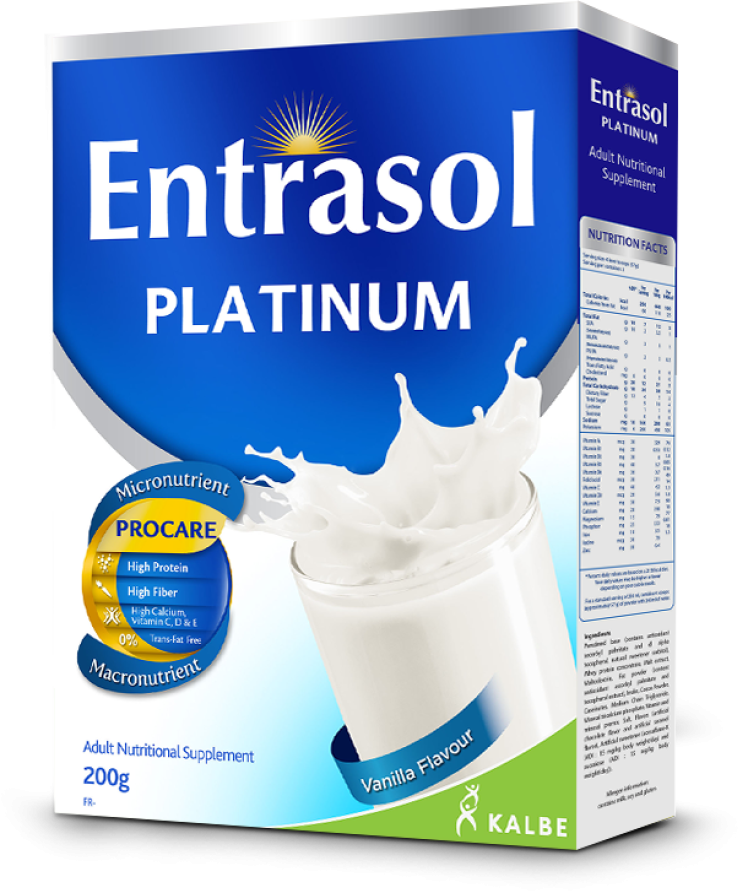Don’t Have a Cow! Here’s How to Pick the Best Milk for You
Whether we’re pouring it into our cereal bowl, adding it to our coffee, or drinking it straight from the glass, we all have preferences in the type of milk we drink. Perusing the dairy aisle at the local supermarket shows just how many choices we have when it comes to old-fashioned cow’s milk (not to mention lactose-free and non-dairy options like soy, almond, rice, and coconut milks), but most of us don’t spend more than a few seconds deciding which carton to grab.
Regardless of variety in fat content, a cup of cow’s milk is packed with eight grams of protein, 12 grams of carbohydrates, and 300 milligrams of calcium (that’s almost one-third of our daily recommended value!). Milk is also high in many other minerals and vitamins such as potassium, phosphorous, and B vitamins, and it’s one of the few food sources that’s rich in Vitamin D (due to fortification), which we typically get from sunlight . But with all those common benefits, are there different perks associated with drinking whole, skim, 1% or 2% milk?
What’s the Deal?
Whole milk (3.25% fat) is what comes from the cow before processing, while reduced-fat milk (2% fat), low-fat milk (1% fat), and fat-free or skim milk (0% fat) undergo processing to remove extra fat that comes from the cream. Besides the noticeable difference in taste, whole milk and low-fat or skim milks differ in their fat, nutrient, and calorie content.
Of the four options, whole milk has the highest amount of saturated fat and calories, with around 150 calories (compared to skim milk’s 90 calories) and four grams of saturated fat per eight-ounce serving. While whole milk has more saturated fat, this isn’t necessarily a bad thing—more and more research suggests saturated fat may not actually be unhealthy. Whole milk does contain more cholesterol per eight-ounce serving—24 milligrams of cholesterol compared to skim milk’s five milligrams, but some studies have found that whole milk might not increase total cholesterol, and may actually raise good HDL cholesterol levels . Still, given the conflicting existing research, and the fact that most diets contain plenty of sources of fat and cholesterol, most doctors recommend making the switch from whole to low-fat or skim milk.
Making low-fat and fat-free milk involves skimming the cream from whole milk out of the final product. Unfortunately, fat-soluble vitamins D, A, E, and K (which are found in the milk fat) go along with it. As a result, reduced-fat, low-fat, and skim milks contain lower amounts of many nutrients, but milk companies (even some organic brands!) have figured out how to add these vitamins back in during processing to fortify the final product with nutrients, particularly vitamins A and D. Some brands also boost their product with powdered milk solids to achieve the thick, white texture we’re accustomed to seeing (since fat-free milk is naturally blue-tinted and pretty watery). Fortification ensures that lower-fat milks are nutritionally similar to whole milk and can remain a significant source of vitamins in the diet. Regardless, whole milk proponents argue that fat-soluble vitamins are not as easily absorbed without the milk fat present.
The Answer/Debate
Several studies show that low-fat or non-fat cow’s milk can help reduce the risk of osteoporosis and type 2 diabetes, delay natural menopause, and even lower the risk of high blood pressure . Since lower-fat milk contains fewer calories, it’s often touted as a food that aids weight loss and the best milk option for those looking to lose weight, but not everyone agrees .
Choosing skim can shave a few calories off that daily latte, but whole milk might actually be more effective for long-term weight loss. The USDA recommends drinking three cups of fat-free or low-fat milk per day, but critics like Walter Willet, Fredrick John Stare Professor of Epidemiology and Nutrition at the Harvard School of Public Health, argue that this endorsement (especially the emphasis on low-fat milk) has been influenced by the American dairy industry. Research actually shows an association between skim milk and weight gain, particularly in children—the current theory is that drinking higher-fat milk leaves people feeling satiated longer, so they experience reduced cravings for other food .
Plus, milk fat can give the immune system and metabolism a boost, making milk with higher fat content a source of unexpected physiological benefits . For example, the nutrients found in whole milk can decrease the risk of infertility in women, lower the possibility of colorectal cancer for men, and even help build muscle throughout the body .
The Takeaway
Choosing between whole, skim, or low-fat milk is largely a matter of personal choice in terms of diet, use, and preference. Skim or low-fat milk might be a better choice for people who are trying to hit specific daily caloric goals or those who already obtain a lot of fat from other foods in their diet. For people trying to gain weight, build muscle, or obtain more natural nutrients, whole milk makes a lot more sense. Each option has both benefits and drawbacks, so picking “the best milk” is more about balance than one right or wrong choice—a little skim milk with cereal, some whole milk in a protein shake, and a dash of 2% in a cup of coffee seems like a good compromise.

